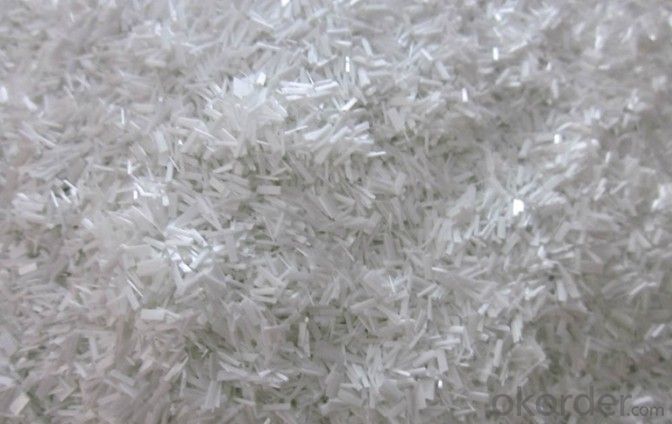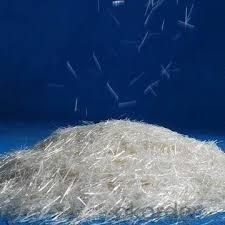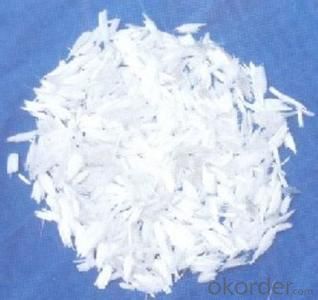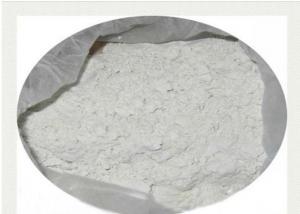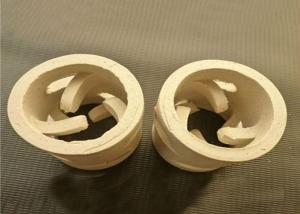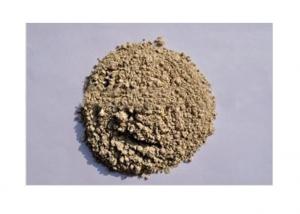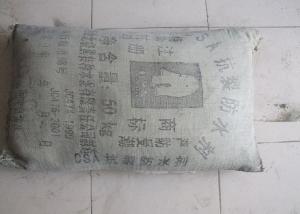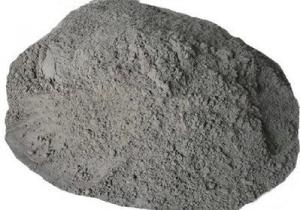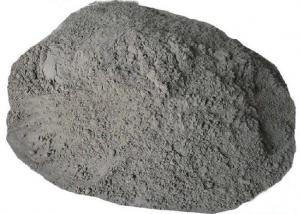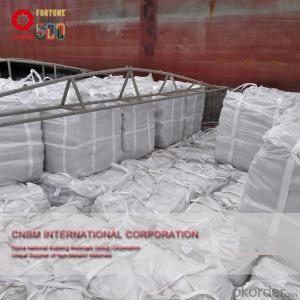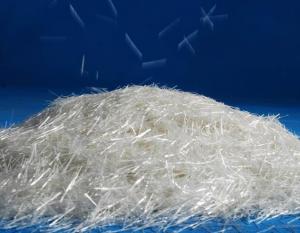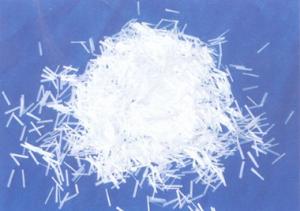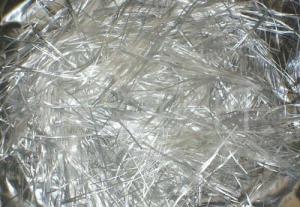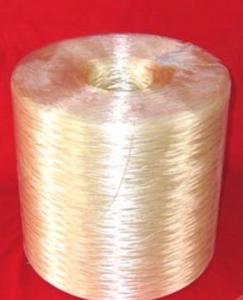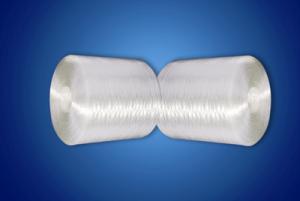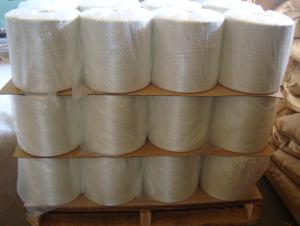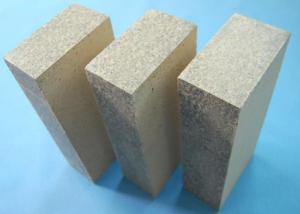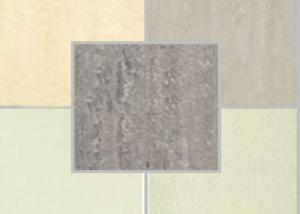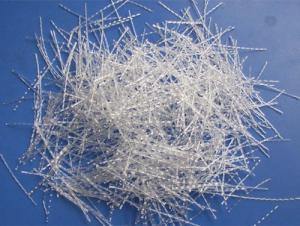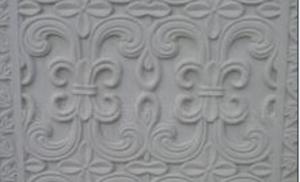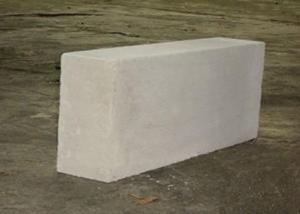GRC Fiberglass Chopped Strand ZrO2 14.5%
- Loading Port:
- Shanghai Port
- Payment Terms:
- TT or LC
- Min Order Qty:
- 15.6MTS
- Supply Capability:
- -
OKorder Service Pledge
OKorder Financial Service
You Might Also Like
Specifications of GRC Fiberglass Chopped Strand ZrO2 14.5%:
1) Length:3.0mm,4.5mm,6.0mm,9.0mm,12mm,15mm
2) Good strand integrity
3) Low static
4) Good flowability
Features of GRC Fiberglass Chopped Strand ZrO2 14.5%:
--Good strand integrity, low static and good flowability;
--Fast and uniform distribution in resins, good processing properties and good mechanical properties of the end products;
--Good bonding with resins. No fiber sticking out at the surface of the end products and aesthetic appearance.
Application of GRC Fiberglass Chopped Strand ZrO2 14.5%:
It is mainly used in injection and compression molding processes and its typical end-use applications include automotive industry, home appliances, valves, pump housings, chemical corrosion resistance and sports apparatus.
Packaging of GRC Fiberglass Chopped Strand ZrO2 14.5%:
The product can be packed in bulk bags, cardboard boxes or composite plastic woven bags;
Bulk bags can hold 500kg~1000kg each;
Cardboard boxes and composite plastic woven bags can hold 15kg~25kg each.
Storage of GRC Fiberglass Chopped Strand ZrO2 14.5%:
Unless otherwise specified, fiberglass products should be stored in a dry, cool and rain-proof area. It is recommended that the room temperature and humidity should be always maintained at 15-35,35%-65% respectively.
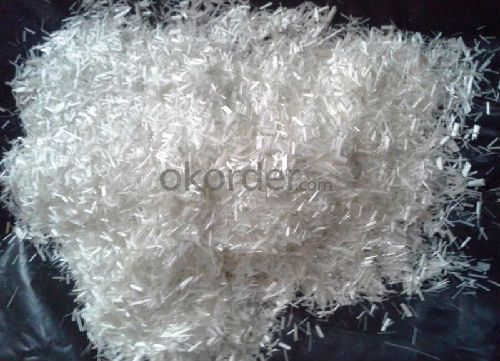
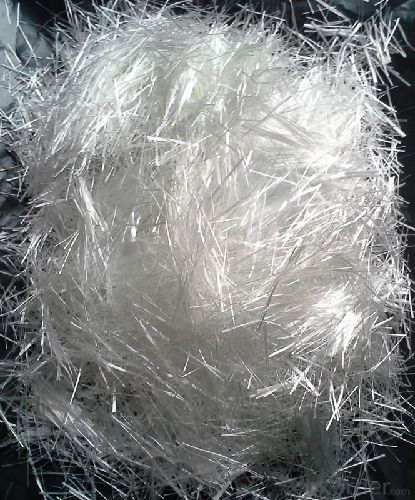
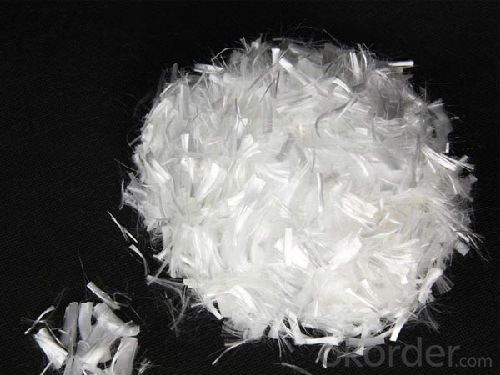
- Q: What color is the cement they use to put a permanent crown on. When I was flossing the other day this hard white stuff came out from between my teeth where the crown is. Could that be cement, should I be worried? That tooth had a root canal and a crown and the crown is sensitive when I eat hard foods on it.
- It is definately considered early, I have a crown as well and my cement is blue, the white that the floss got out was most likely plaque or something along those lines. A tenderness is to be expected this early on
- Q: x barrels of this concrete, the number of barrells of cement used isA) x/5B) x/4C) xD) 4xE) 1/5xPlease explain.
- You'll understand it much better if you put in the form of a table of ratio of volumes: Cement Sand Concrete 1 part 4 parts Cement+sand=5 prts Cement: 1/5 of concrete Sand: 4/5 of concrete (After dividing parts of cement and sand by total volume (parts of concrete) Therefore if x barrels of concrete made, Volume of cement used =x/5 barrels Answer is A Moreover as some of others said answer A and E ARE NOT THE SAME! X/5 MEANS x divided by 5 1/5x , I suppose was initially written as 1 --- 5x in your paper, this means 1 divided by (5x) Hope I've been helpful and you're not confused...
- Q: can rubber cement be used for the same uses?
- Vinyl Cement Uses
- Q: How long till rubber cement sets?
- Rubber cement is actually rubber in a solvent. As the solvent evaporates out, the rubber thickens more and more until it is hard. So, it varies, according to how much of the rubber cement is exposed to air so the solvent can evaporate. It works so well on paper and other things like paper because paper is porous. The paper is like nothing is there to prevent the solvent from evaporating. It will take forever to cement hard plastic since plastic is not porous and the solvent can only get out at the small edges that are uncovered. Nail polish is the same kind of dissolved solid, that hardens as the solvent evaporates out. In nail polish, the solvent is acetone, which is what is mainly in nail polish remover. Rubber cement also has a thinner available for when your can of rubber cement gets too thick.
- Q: My question is based on Science article about ship worms. According to article ship worms are in clam family.
- ship worms do not digest the wood. If I remember correctly, they bore into it with their shell. They do not eat it.
- Q: I have a good friend who was exposed to Portland cement a number of years ago. She continues to experience severe facial scabbing and oozing sores. She has not received proper treatment from her local physicians. Is anyone aware of a dermatologist who she can contact regarding treatment? Anyone help is grat appreciated!!
- Tell your friend to avoid contact with portland cement or any of its products as she has what is called Contact Dermatitis. It will flare up whenever she comes in contact with the offending material- in this case Portland Cement. If she stays clear of it, then she will never have to suffer again. Take your friend to ED and they will be able to manage it.
- Q: I am building a box in the ground and need it water-proof.Whats the best mixure cement/sand, or should I use concrete?What differs cement/concrete? And how do you make it strong from cracking without steel enforcement?
- Technically, cement is what hold concrete together; concrete is an aggregate of sand, cement (usually Portland cement) and gravel. You can use pure cement as concrete if you want to, say, to fill cracks, same way you might use wood glue to seal up cracks where pieces of wood come together. Generally, fully cured concrete is stronger than cement by itself. I need to know more about the backyard box to recommend a specific approach. How big, how deep, above ground/below ground...etc.
- Q: I'm building a model and I want to glue some acrylic sheets to a cement piece. I need to know what kind of glue should I use? Thanks.
- probably some kind of epoxy ..
- Q: what are the emissions?how control or reduce it?
- it wont be long that we will put so much cement down that we will throw the earth off its axes and you wont have to ask these silly q anymore anyways so why bother
- Q: i used cement to seal large gaps in the house, but in an upside down suface where i used lots of it on, touching it makes parts of the surface turn into powder and chunks fall off. I did it rudimentary with my hands and a smoothed it as best as i could then but still looks and feels messy. The holes are filled and its solid, the surface though is powdery.
- no mention about the use of sand in the cement powder .... it needs the sand to work properly and if it is overhead then it may never the solution you are seeking== don't touch and hope that it dries in a few days ... if it does get solid then it is t
1. Manufacturer Overview
| Location | Hubei,China |
| Year Established | 2005 |
| Annual Output Value | US$50 Million - US$100 Million |
| Main Markets | Southern Europe 10% Northern Europe 10% Central America 10% Western Europe 10% Eastern Asia 10% Mid East 30% Africa 20% |
| Company Certifications | N/A |
2. Manufacturer Certificates
| a) Certification Name | |
| Range | |
| Reference | |
| Validity Period |
3. Manufacturer Capability
| a) Trade Capacity | |
| Nearest Port | Shanghai PORT |
| Export Percentage | |
| No.of Employees in Trade Department | 6-10 People |
| Language Spoken: | English;Chinese; |
| b) Factory Information | |
| Factory Size: | Above 100,000 square meters |
| No. of Production Lines | Above 10 |
| Contract Manufacturing | |
| Product Price Range | 示范:High;Average |
Send your message to us
GRC Fiberglass Chopped Strand ZrO2 14.5%
- Loading Port:
- Shanghai Port
- Payment Terms:
- TT or LC
- Min Order Qty:
- 15.6MTS
- Supply Capability:
- -
OKorder Service Pledge
OKorder Financial Service
Similar products
Hot products
Hot Searches
Related keywords



